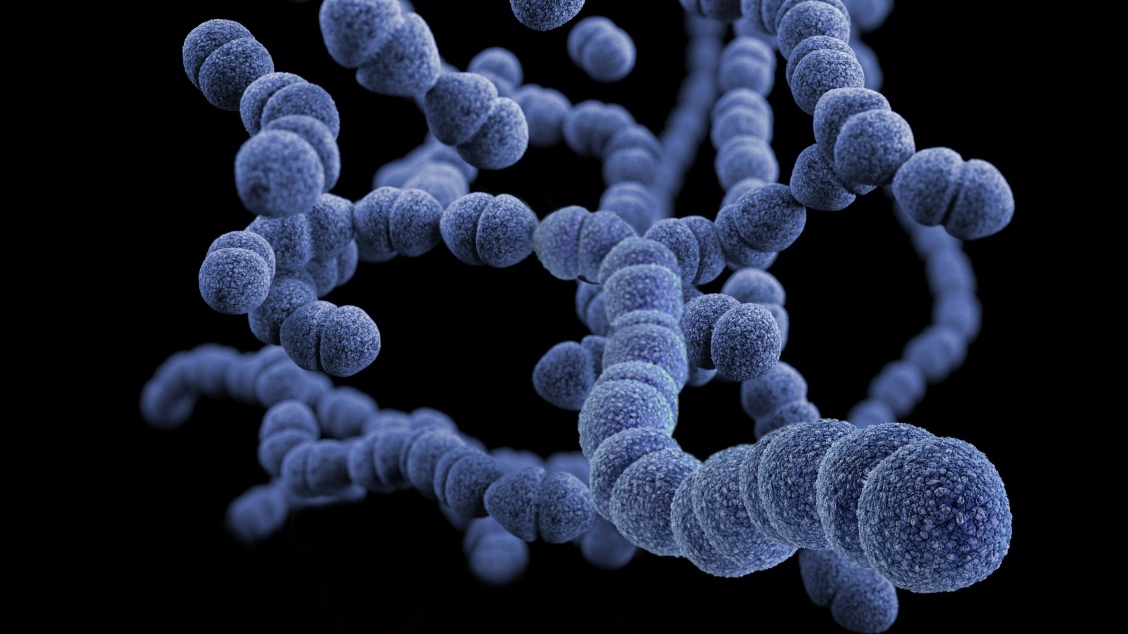
Using Recycled Silk can Help Combat Pollution in Waterways
Various pollutants, including oils and dyes, continuously pollute waterways such as rivers, canals, and oceans. The pharmaceutical and textile industries commonly discard these byproducts into waterways, endangering ecosystems. Here, we explore research recently published in the Open Access journal Fibres, which investigates how silk yarn can be recycled and used to clean up waterways and protect ecosystems from damaging dyes and pollutants.
Fast fashion and pollutants
In the textile industry, water pollution is becoming a huge problem due to the growing consumption of fast fashion. Fast fashion has caused exponential growth in the multi-trillion-dollar apparel industry; the term refers to the production of clothes at a fast rate but at a low price. Because fast fashion is accessible to a wider market, fashion trends have a quicker turnaround, and people are consuming more than ever.
According to experts at McKinsey & Company, average consumers bought 60% more clothing in 2014 compared to 2000, and they now keep garments for half as long. The fashion industry uses gallons of water throughout the garment production process.
The World Resources Institute estimates that 1.3 trillion gallons of water are used every year in the textile industry during the dyeing process alone.
The process begins with using water to raise the crops, plants, and animals needed to produce materials. The majority of the water used for the production process is during pre-rinsing processes, dye baths, and post-rinsing; this is where dyes and other contaminates are introduced into the water. This wastewater is often released untreated back into waterways, damaging ecosystems.
How dyes and pollutants impact waterway ecosystems
Waterways support a wide variety of ecosystems; for example, oceans are one of the most diverse ecosystems on the planet. Pollutants such as dyes may cause irreversible damage to these ecosystems.
Dyes can cause a reduction in plant growth in waterways by blocking light from penetrating through water, inhibiting photosynthesis. This has a direct effect on the whole waterways’ oxygen levels, impacting the survival of organisms from microorganisms to native fish.
Plants also have an important role as habitats or sources of food for a variety of organisms. In addition, reduced oxygen levels have also been shown to impact other aspects of waterways, such as water temperature and organic matter. Environmental changes can be extremely destructive for waterway habitats; for example, in the ocean, changes in the temperature can result in coral bleaching. Furthermore, synthetic dyes are toxic and have mutagenic, carcinogenic properties that can affect all walks of life, including humans. Additionally, the dyes are persistent environmental pollutants, meaning that they are difficult to break down and can persist in the environment for years. Because of this, they can contaminate entire food chains and ecosystems.
Silk yarn to clean up waterways
Traditionally polluted waterways are treated using complicated and expensive methods. This includes in situ burning, use of chemical dispersants, chemical solidification, and biological methods. However, these methods, along with being expensive, can also cause secondary pollution. Recently research has focused more on absorbing and treating pollutants by using advanced dye and oil-absorbent materials. However, a wide range of the materials used aresynthetic and not biodegradable, posing environmental concerns.
Silk yarn, a natural bio-absorbent
Researchers from the US investigated the use of silk textile remnants for decontaminating water sources. Silk is a biodegradable and biocompatible material, alongside being one of the most absorbent natural materials.
However, most studies investigating silk for tackling water pollution involve reprocessing silk, which involves lengthy dissolution times and hazardous chemicals. In this study, the researchers investigated the use of silk remnants without reprocessing the silk materials.
“We realized that we can kill two birds with one stone: we can get rid of waste textiles, which is a big issue in the textile industry in general,” Shepherd said. “And then we found that it’s actually really good at adsorbing, just because of its natural, structural properties.” – Professor Larissa Shepard, author on paper.
Analysis of silk yarn
The researchers used pristine silk with various fabrics and structures as well as dyed silk fabrics to investigate their potential for dye and pollutant removal. The silk fabrics were exposed to methyl blue (MB) dye solutions via periodic absorption. The researchers chose MB as it’s a common dye used in the textile industry and is associated with mutagenic, carcinogenic effects as well as bioaccumulation. The absorption of the silk was analysed using ultraviolet-visible spectroscopy (UV-visible).
“Structure is really important in my lab, so we start from the nano scale and work up to that finished textile,” Shepherd said. “We were looking for a structure that was optimum for this adsorption, and we initially thought that the silk fabrics coated with particles were going to work best, but we found that just disassembling the fabric itself to the yarn stage actually showed, for the same weight, even faster adsorption.” – Professor Larissa Shepard.
The researchers also tested the oil-absorbent properties of the silk materials by exposing them to oils such as gasoline and corn oil. The absorbance was analysed by measuring the weight of the silk materials using a scale before and after oil exposure. They then compared the results with regenerated electrospun silk and degummed natural silk fibre fabrics treated with hydrophilic hollow silk microparticles to confirm the intrinsic adsorption capacity of pristine silk waste textiles.

How silk can combat waterway pollution
The researchers found that 12 mg of plain woven yarns have a 90% methyl blue removal efficiency within 10 minutes of exposure for concentrations up to 100 ppm. Additionally, they identified that silk filament yarn also exhibits adsorption capacities of 145 mg/g for 800 ppm concentrations.
Furthermore, they also found that silk yarn in a noil-woven structure, short fibres of silk woven into a weave structure, with contact angles of 140°, absorbed oil quantities that doubled the fabric weight. Researchers use contact angles to measure the wettability of a surface. This was acheived by adding one drop of water and then measuring the angle between the surface and the edge of the droplet. The larger the angle and the more spherical the droplet the lower the wettability. The lower the wettability the greater the hydrophobicity of the material, allowing it to absorb oil.
The researchers confirmed that silk waste textiles are reusable and can withstand over 10 adsorption-desorption cycles. Moreover, the study confirms that silk waste textiles are efficient and reusable bio-absorbents for methyl blue dye and oil removal.
In conclusion, the researchers suggest that future research should analyse fibre shedding during the absorption process, as well as analysing silk pretreatments and the effects on absorption capacity.
If you enjoyed this research and would like to read more or submit research on the topic, please see our Open Access journal, Fibres.










